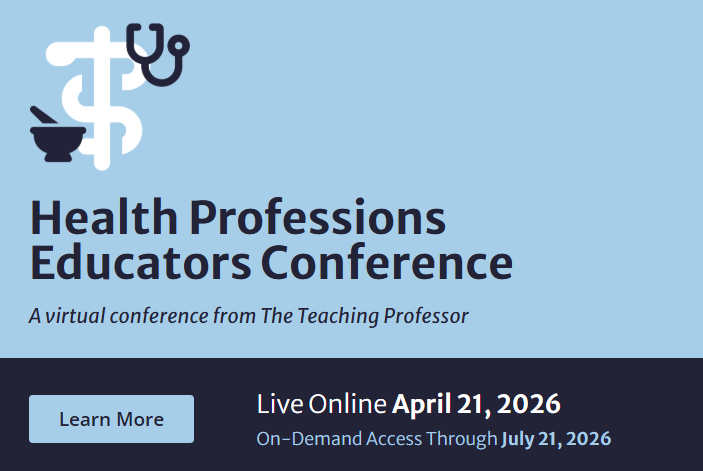Why Can’t Students Just Pay Attention?
We have all had the experience of having students sitting in our classes, looking directly at us, and knowing, just knowing, that they are not paying the least bit of attention to what we are talking about or what the topic of the day is. In fact, if we don’t see this in our classes (and I believe we all do…it’s just that some of us don’t wish to admit it), all an instructor has to do is review assignments, quizzes, or exams to find evidence that students don’t understand key concepts that were highlighted as “really important” or “critical” to understanding the material.




